It’s noticeable, in a world largely caught up in the throes of a global pandemic and all the anxiety and uncertainty that goes with it, that architecture and design – in the west at least – is to some extent reflecting that nervousness and unwillingness to take risks. Some western architects and designers are doing very well; others are not. But it is a matter of atmosphere as well as straightforward commercial activity; when clients are nervous they hold off on spending money, and creative consultants have to sit and wait for things to become more positive and optimistic.
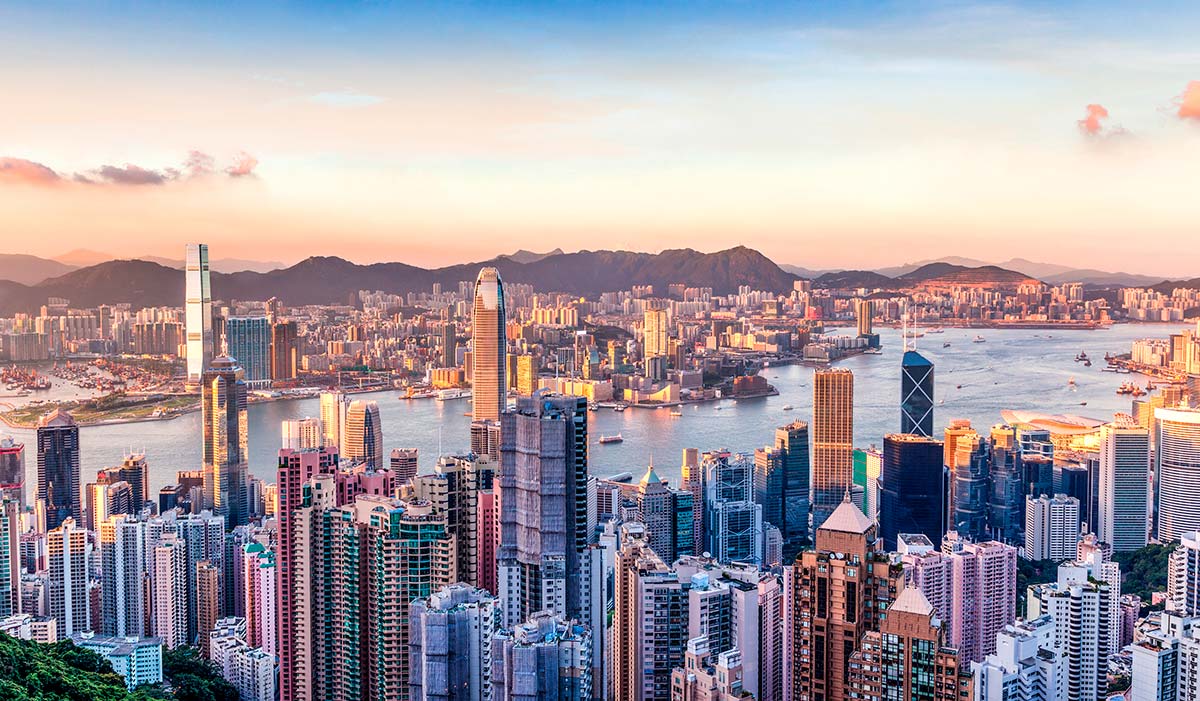
As far as design and architecture are concerned, Shanghai seems to have completely avoided or eliminated this sense of putting everything on hold. Some of the more spectacular and imaginative projects that this vibrant city has seen in the last few years have recently come on stream. Here are a few examples of the recent work that is continuing to make Shanghai the design destination of the East.
We’ll start with bookshops. Really? You say; but new bookshops in Shanghai, and indeed in many other major Chinese cities, serve only to reinforce the Chinese love of the printed word and to reassure us that the internet and e-books are a long way from capturing the hearts and minds of Chinese book lovers.
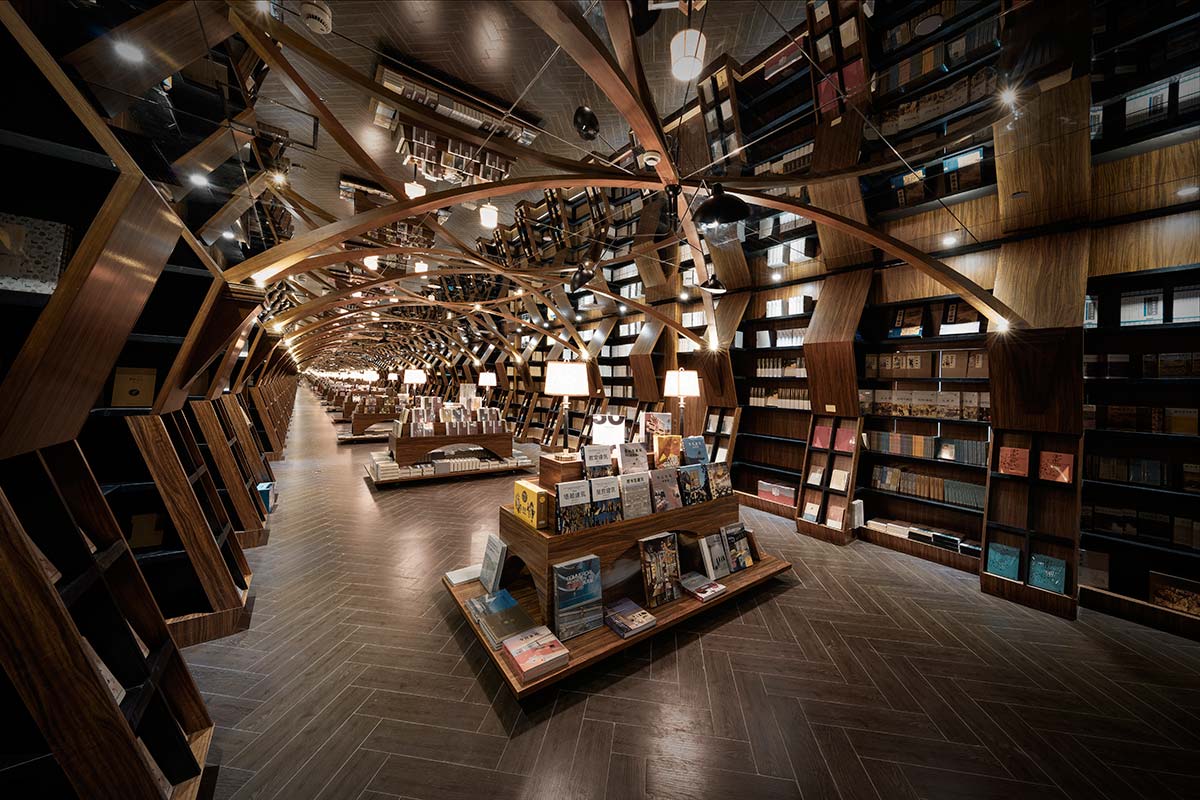
Architect Li Xiang of consultancy X+Living has made her name with projects like the extraordinary Zhongshuge Minhang bookstore in Shanghai’s Minhang district, which puts the visitor in mind of a magical mystery hall of mirrors. Extravagant lighting, criss-cross laminated beams and angular structural members completely redefine the whole idea of a bookstore – to western visitors at least.
Tsutaya Books in Columbia Circle has an exhibition hall, gallery, café and restaurant, all contributing to the cultural exchange between Japan and China, while ZiWU on Jiango Zhong Lu near Chongqing Nan Lu does that ‘cathedral of books’ thing again, with exhibition space and an art gallery on the top floor.
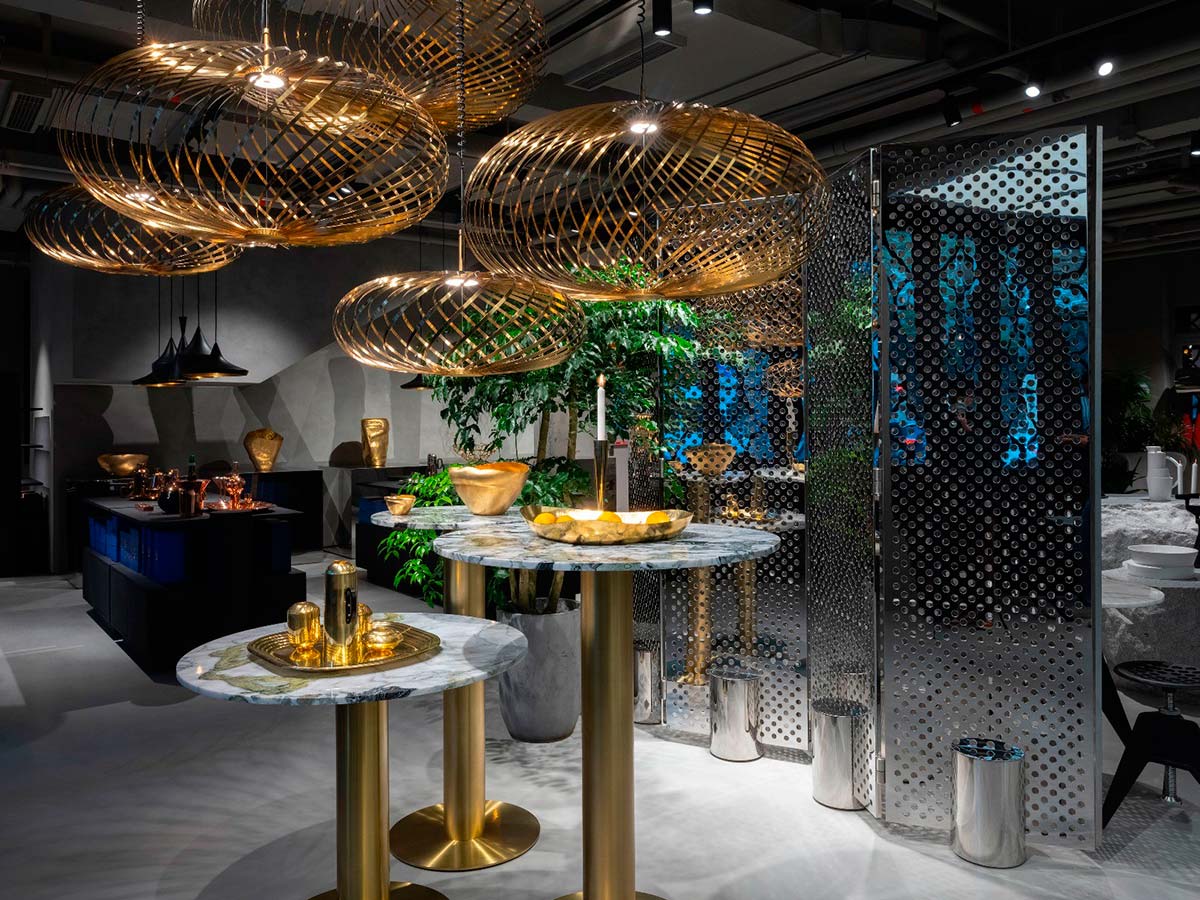
Retail wise, of course no one could ignore the recent opening of Tom Dixon’s third store in China – the first two are in Hangzhou and Beijing. The company is calling the space a ‘Hub’, sitting in a traditional Chinese building and is surrounded by Shikumen architecture. Shikumen, which translates to ‘stone gate’, is a Shanghainese architectural style which blends traditional Chinese architecture and social behaviour with elements of Western design. The store is located in the cultural centre of Xintiandi, a pedestrianised section of the city in the French concession and one of the first urban regeneration projects in China. Full to the brim with bars, restaurants, galleries and bookshops, it is a destination in itself and has preserved the traditional stone gated houses on narrow alleys, inviting visitors to explore and consume.
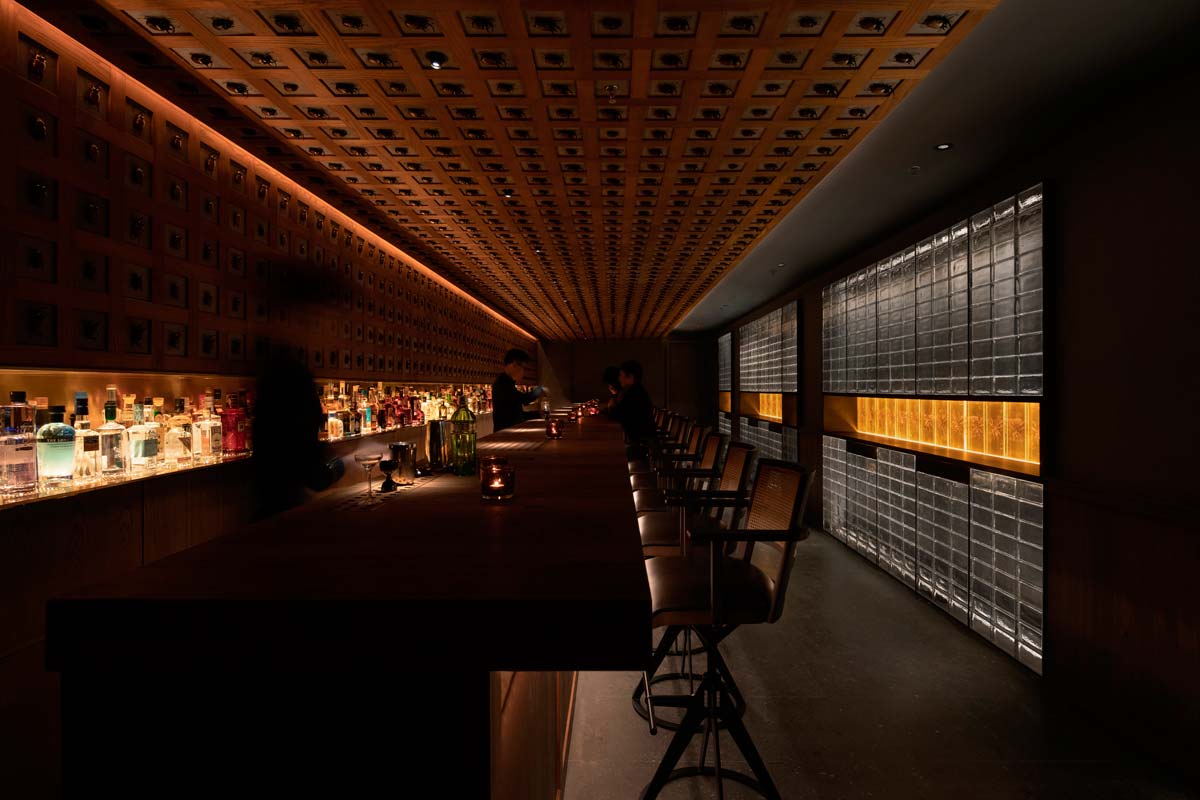
Bars and restaurants seem, surprisingly, to be reflecting a more humble and materials-oriented approach than the extravagant bookshops. Perhaps the Shanghainese spend more money on books than they do on eating and drinking. But there is still room for idiosyncracy and eccentricity; local studio Atelier XY has carpeted the walls and floors of new bar J. Boroski, in the French Concession, with a total of 1,254 preserved beetles and even tarantulas. The low-lit sequence of spaces still encourages an intimate atmosphere however, even if you don’t like creepy-crawlies.
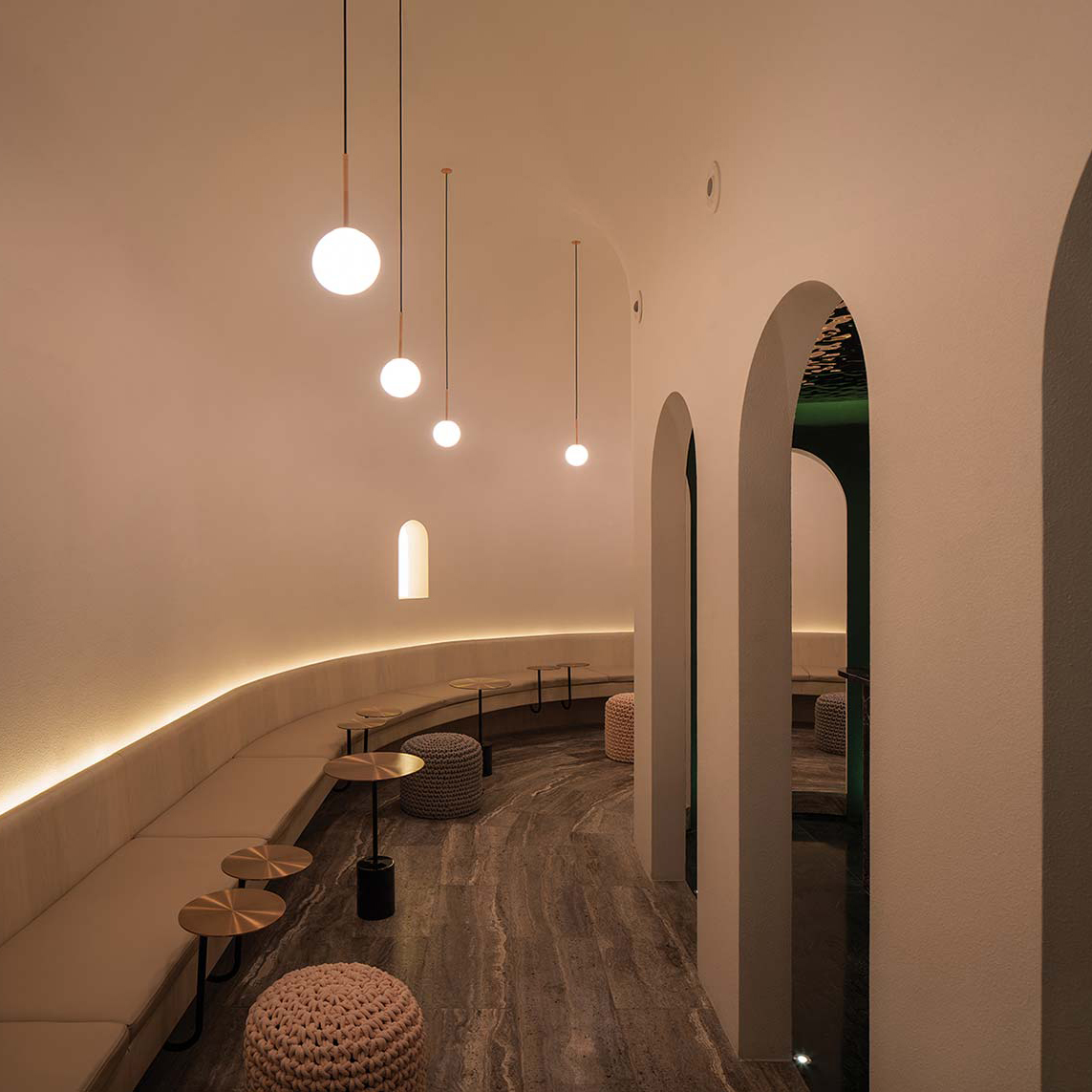
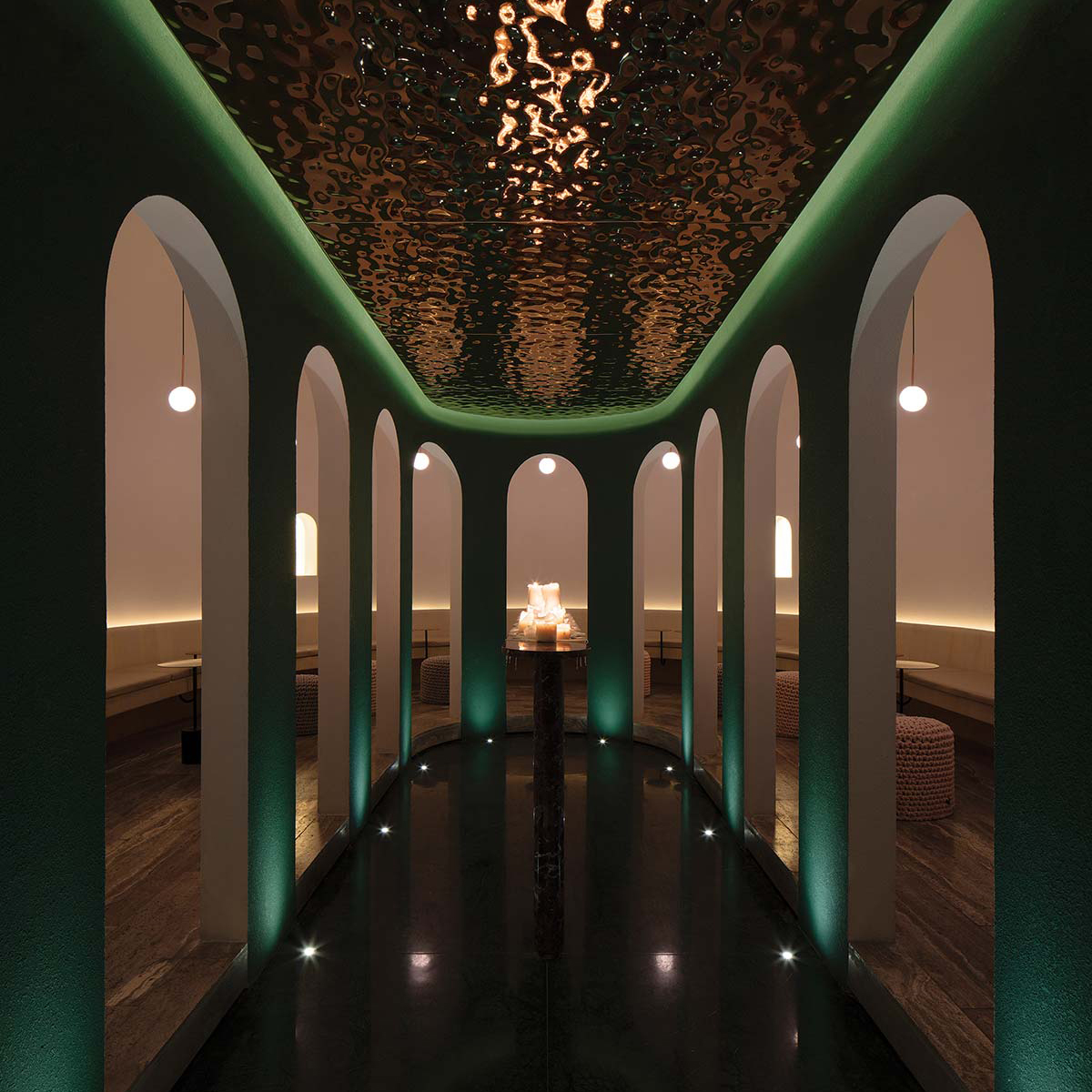
Bar Lotus, by Office AIO in the Jing’An district, also uses medium-distance vistas in its long and elegantly proportioned corridor spaces. Sliding mirrored walls roll back in the evening so the naturally lit cafe in the front of the building gives way to a nocturnal night club space behind. I have a particular yen for the Dead Poet, it must be said, in the Huangpu District on Jinxian Lu. Created by the Oha team, designers who became food and beverage specialists, it has a ‘shabby chic’ feel that will be familiar to denizens of London or New York watering holes.

Hotels, galleries, museums, restaurants… too much and too many to even suggest a decent selection here. Passing very quickly by the NEOBridge hotel in Caojiadu, Shanghai – an ‘an experiment on the relationship between the hotel and the city’ in the words of the designers Xing Design, creating a waterfall facade impression with a glass brick façade, we come to the Shanghai Edition hotel, perhaps the city’s biggest news in hospitality, with its collection of restaurants and clubs including HIYA, a Japanese Izakaya-inspired restaurant on the the 27th floor, and the amazing ROOF which, as the name implies, is a lounge on the 29th floor – the roof – from which the illuminated hypersurfaces of the Bund buildings, Including China’s tallest (and the world’s second tallest), the Shanghai Tower, can be enjoyed while you sip your extremely expensive cocktail.
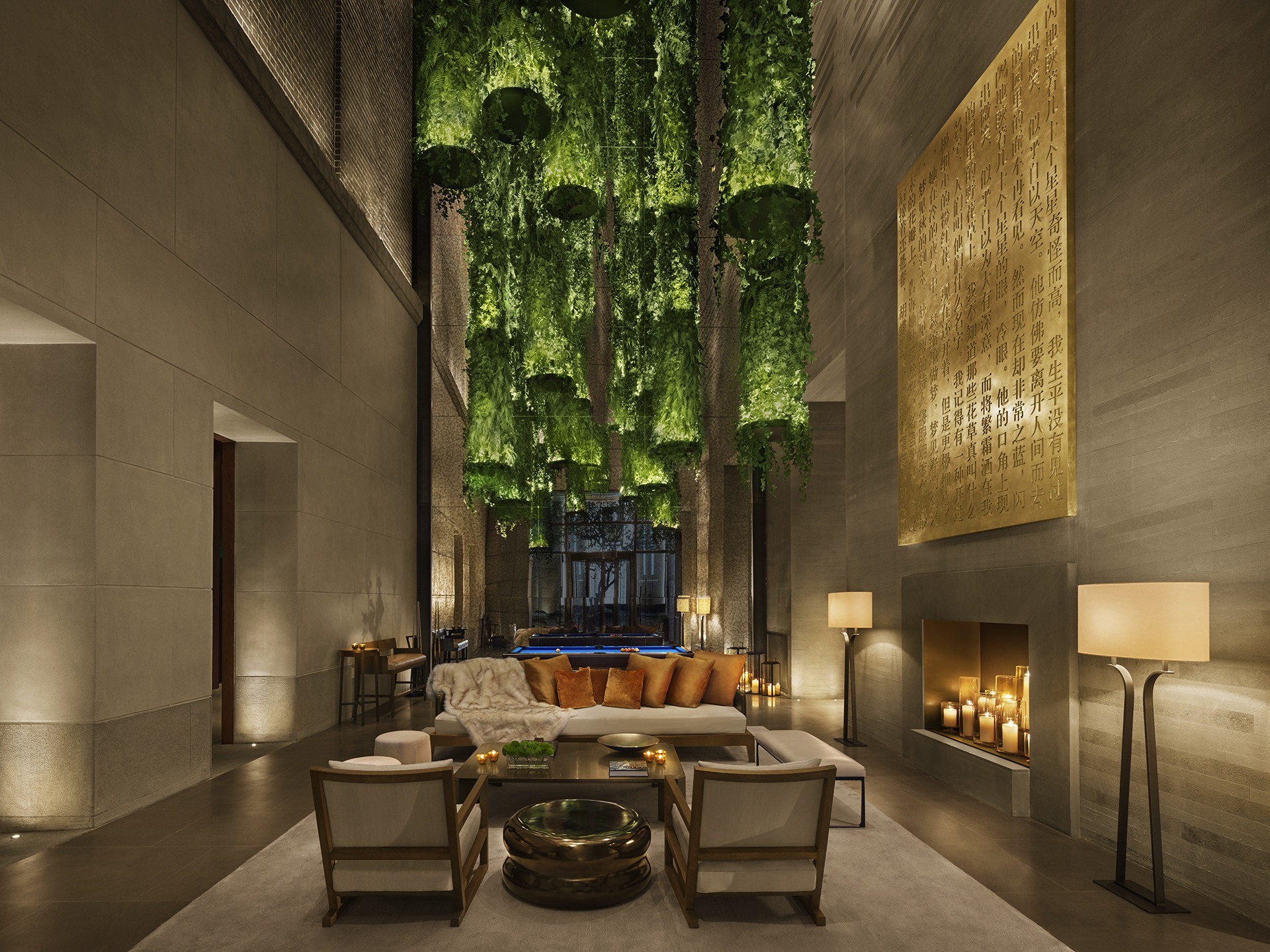
As I said, this is barely scratching the surface. Unlike almost anywhere else in the world, China is open for business – and Shanghai remains the quintessence of Chinese cool. You just have to go there.
Text by Aidan Walker ©







